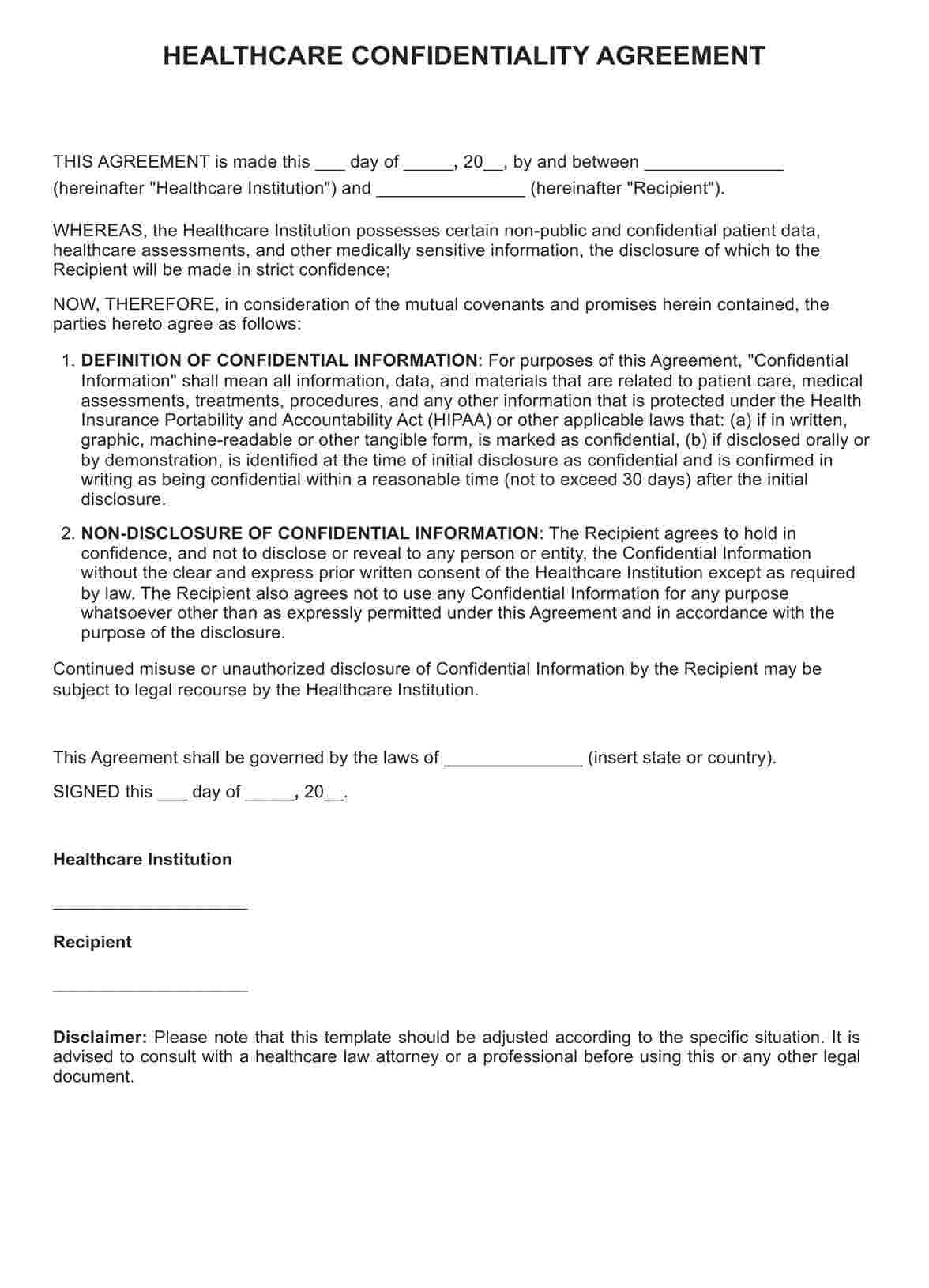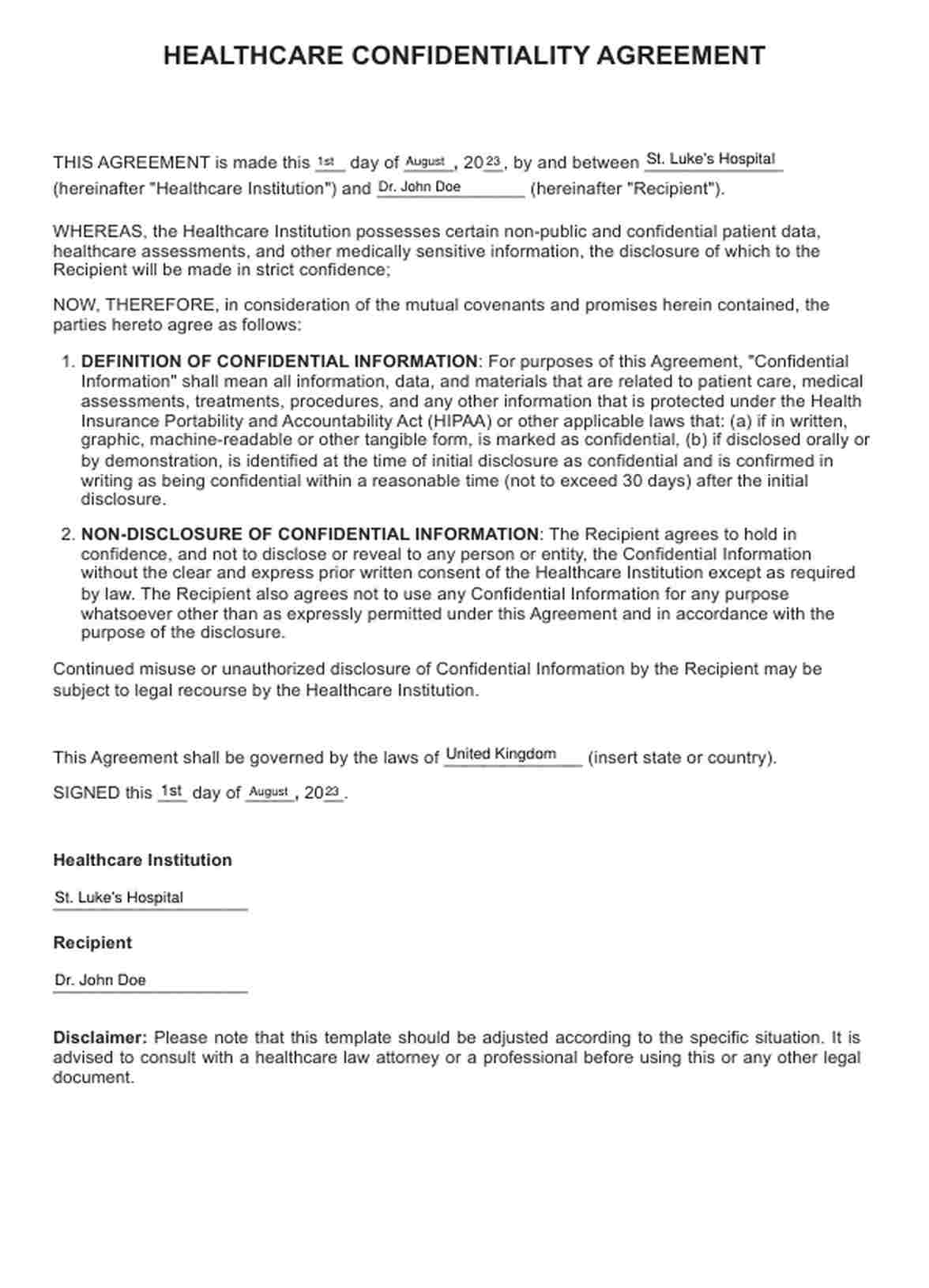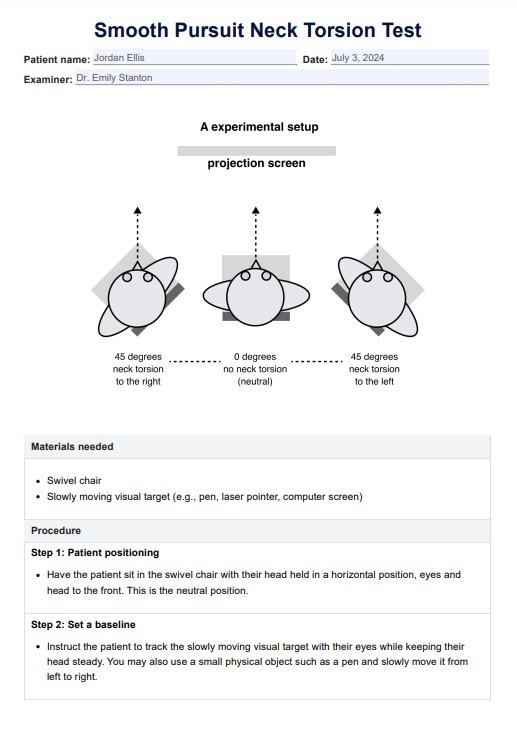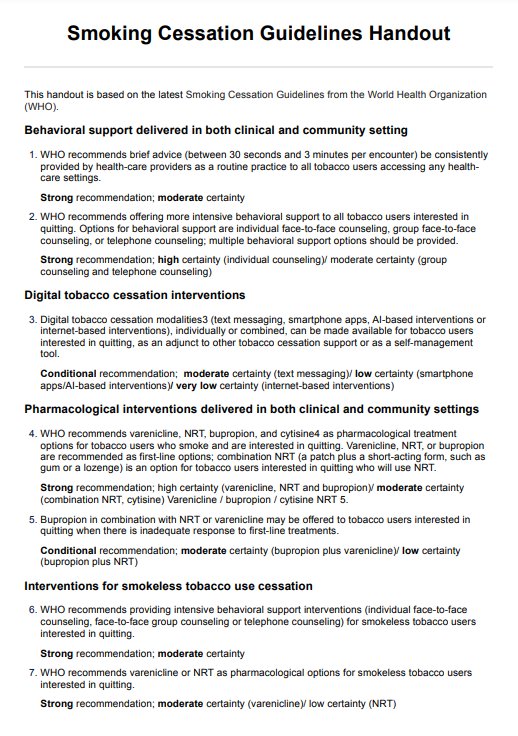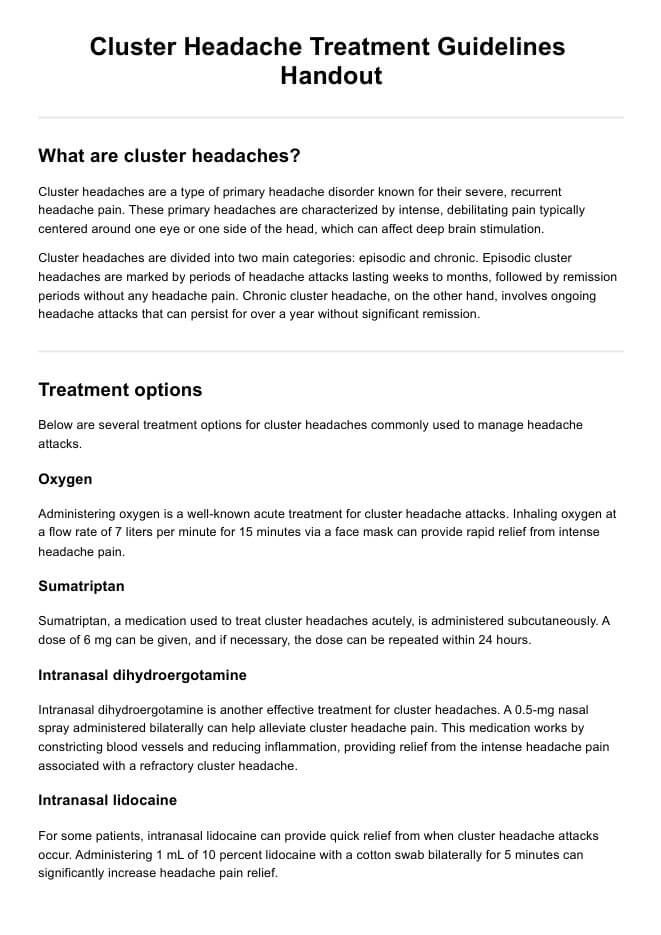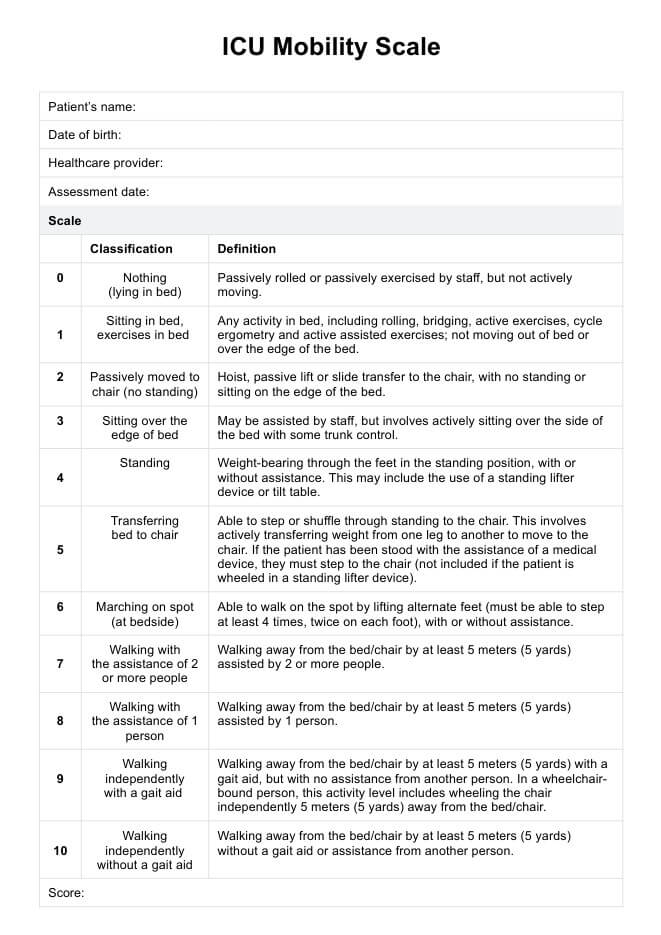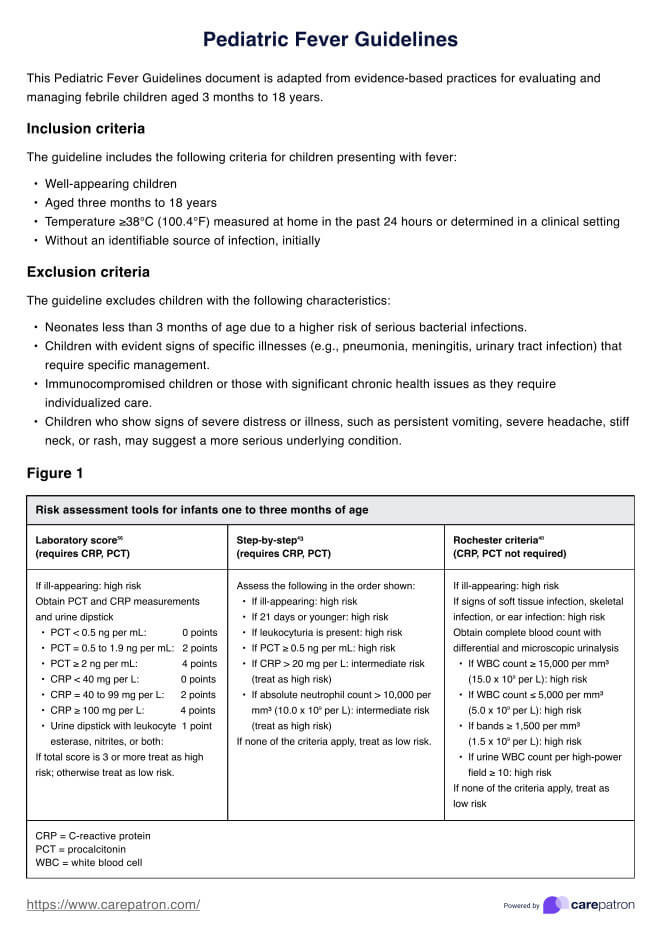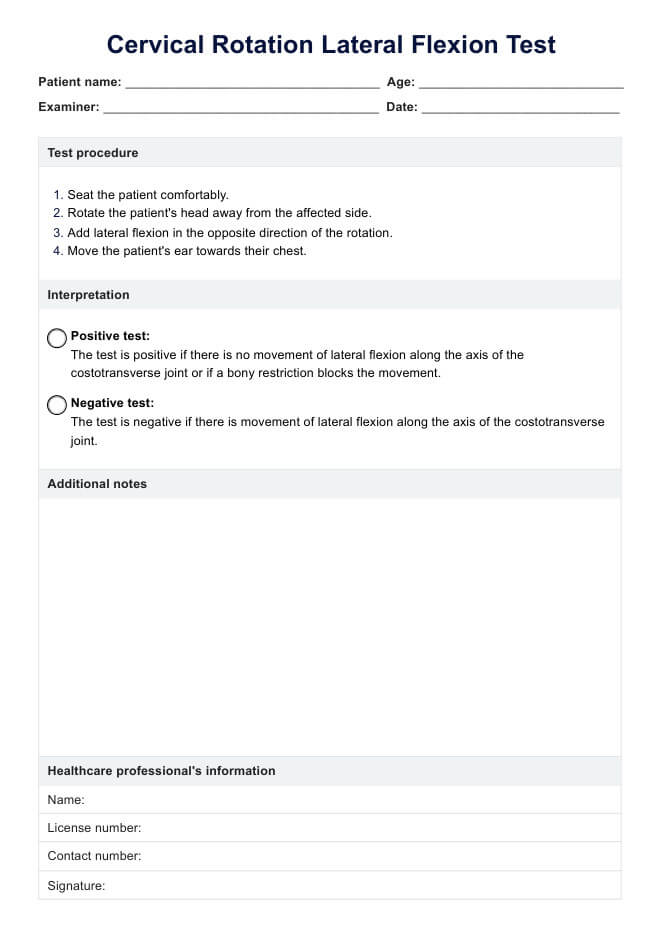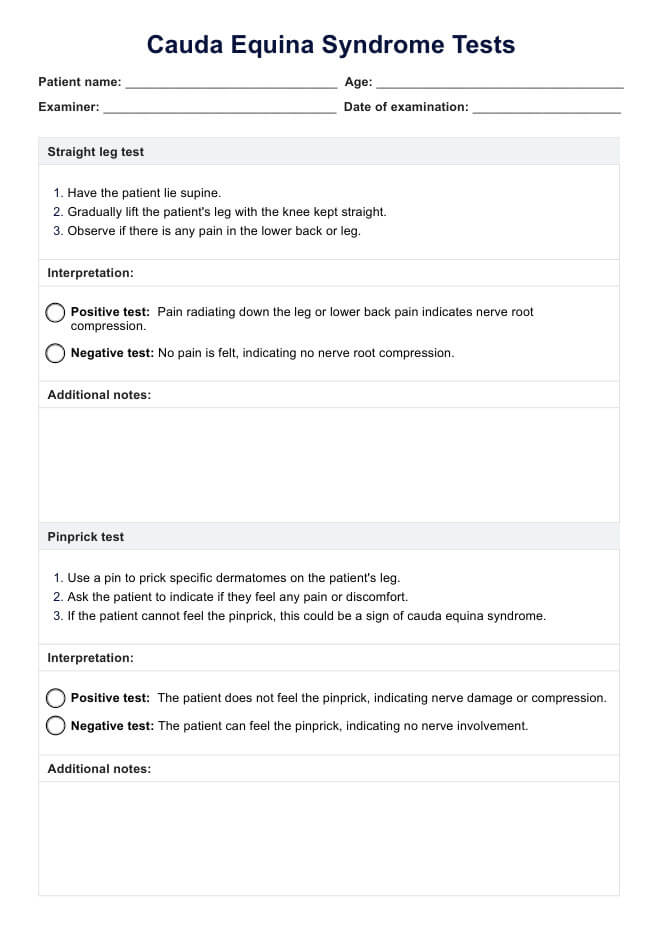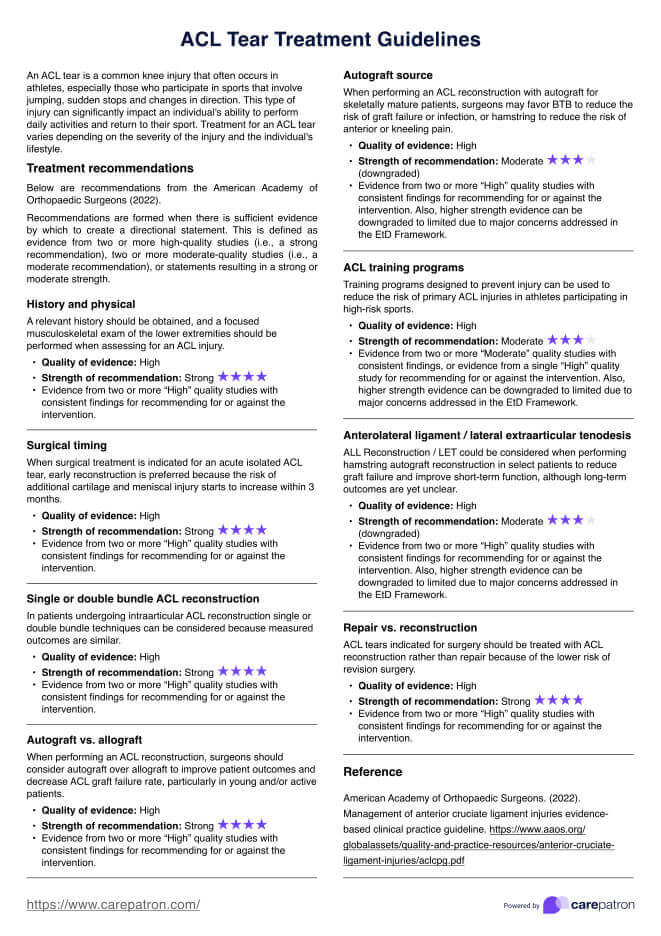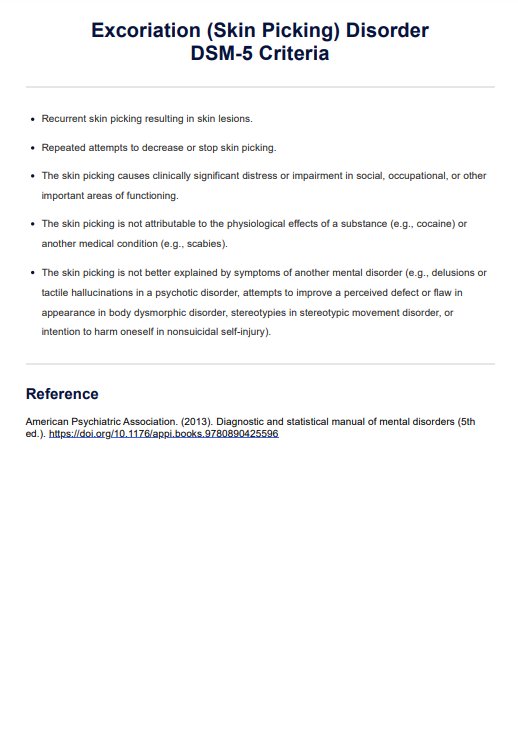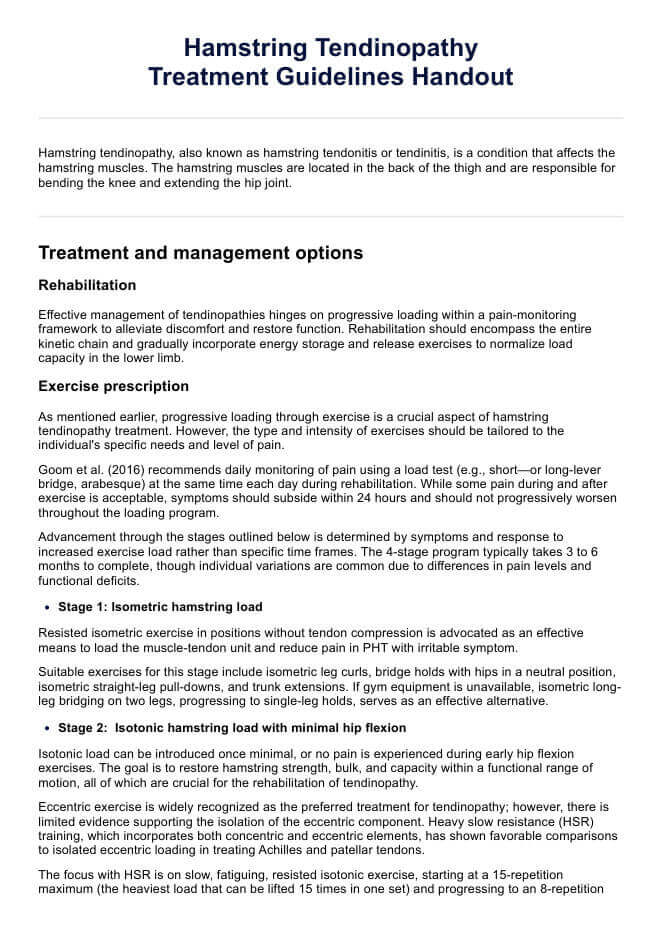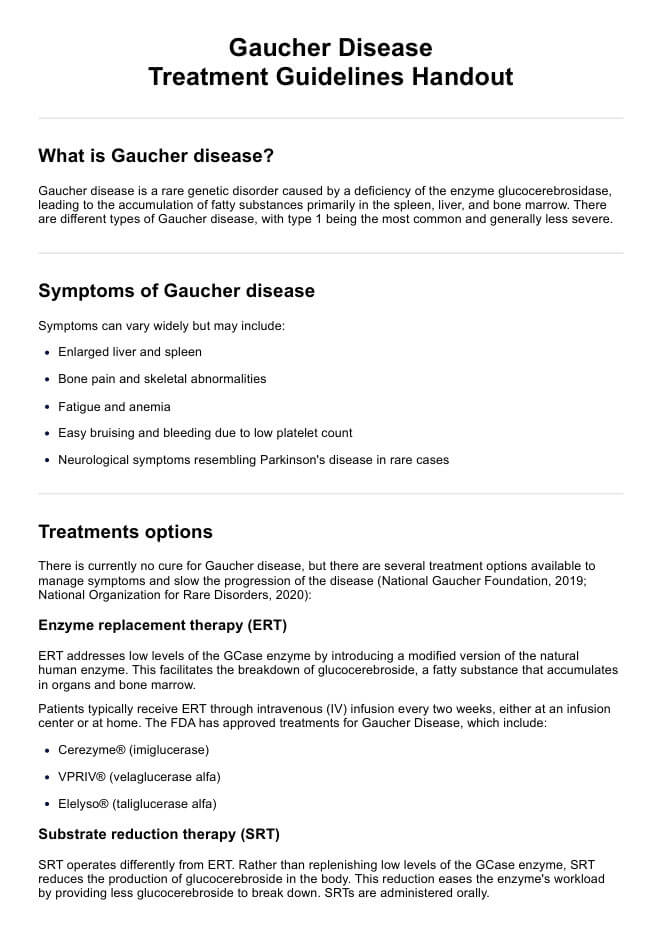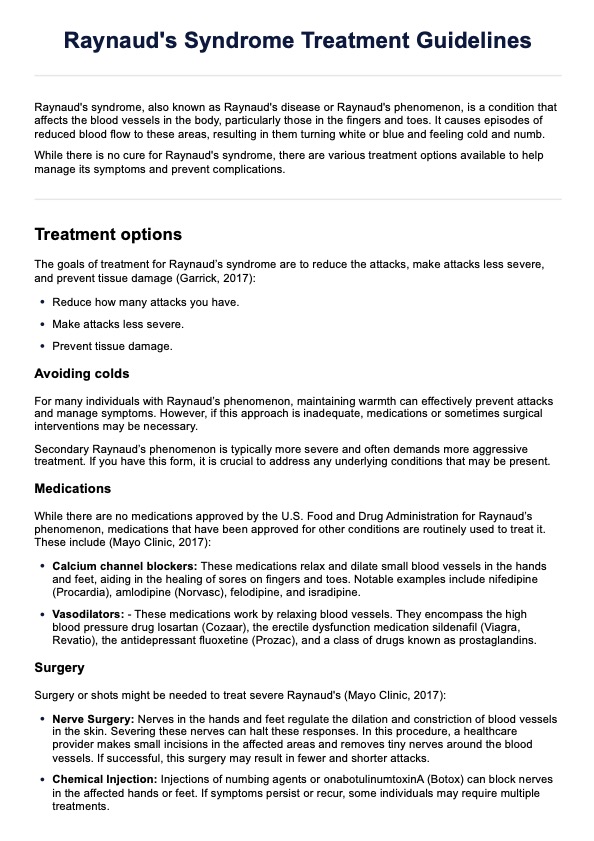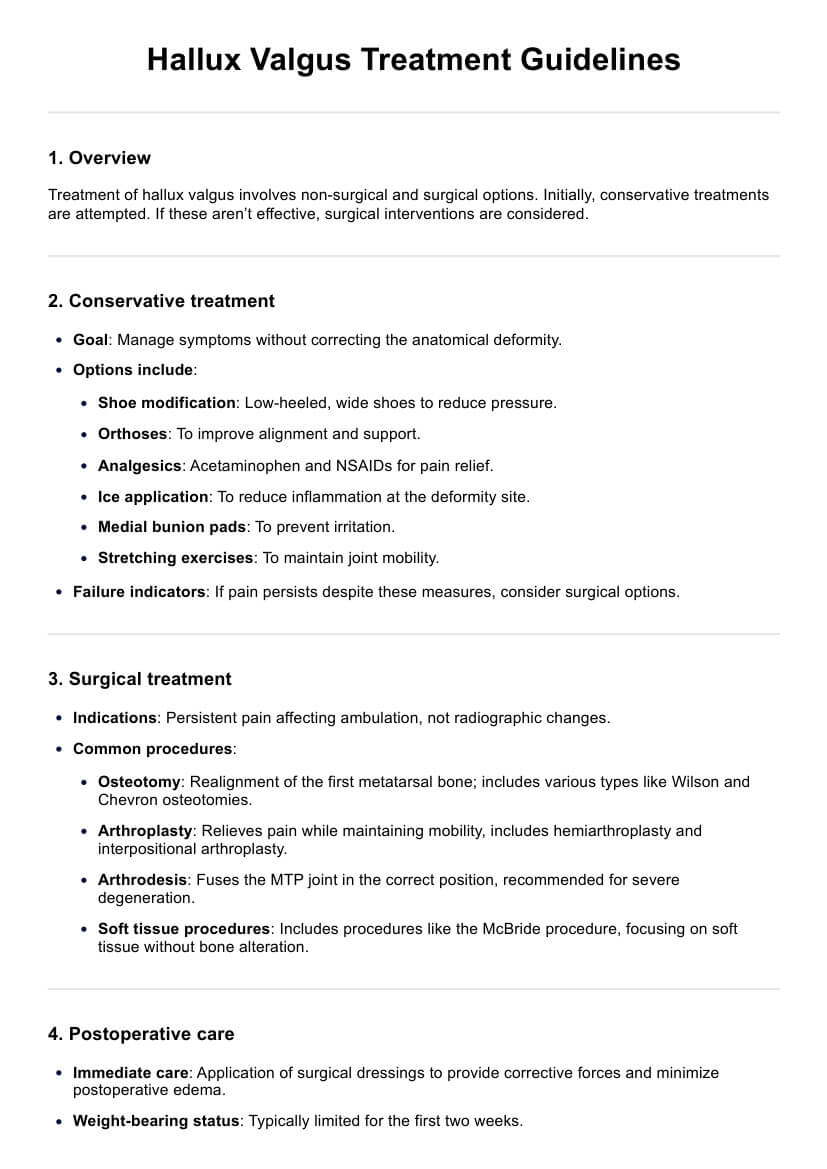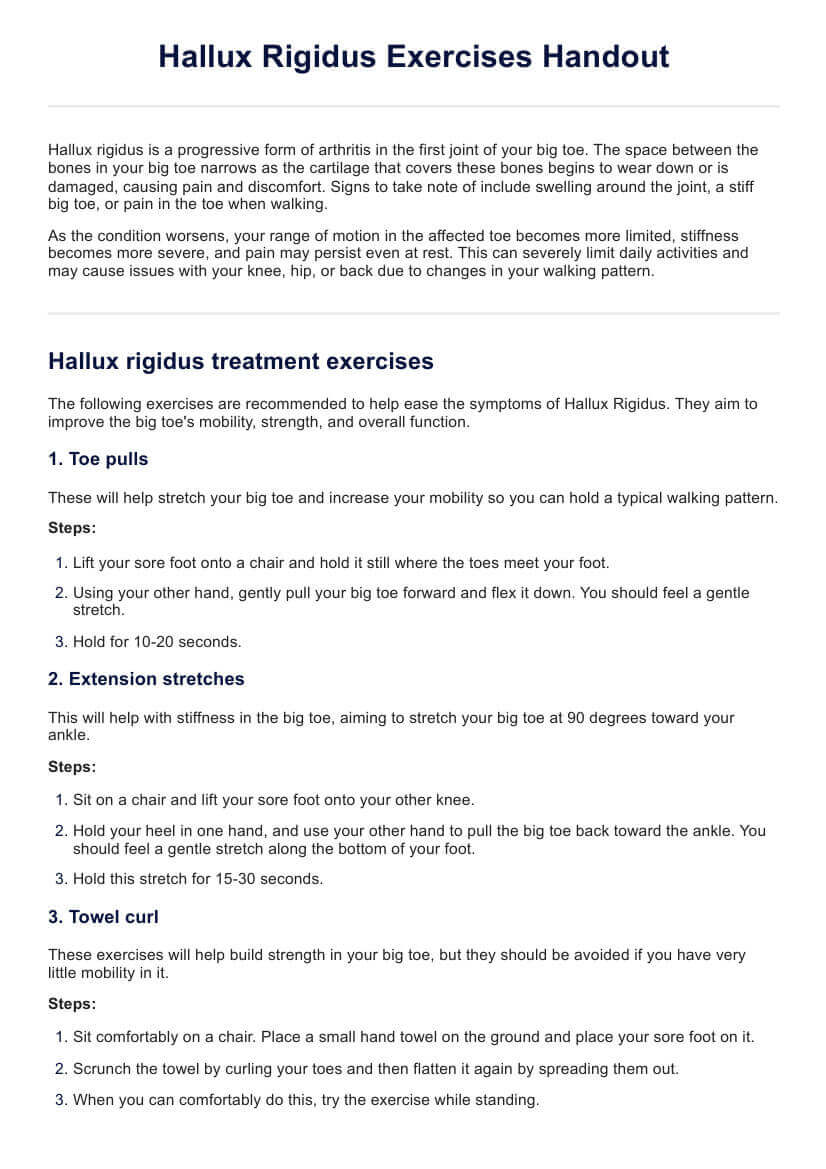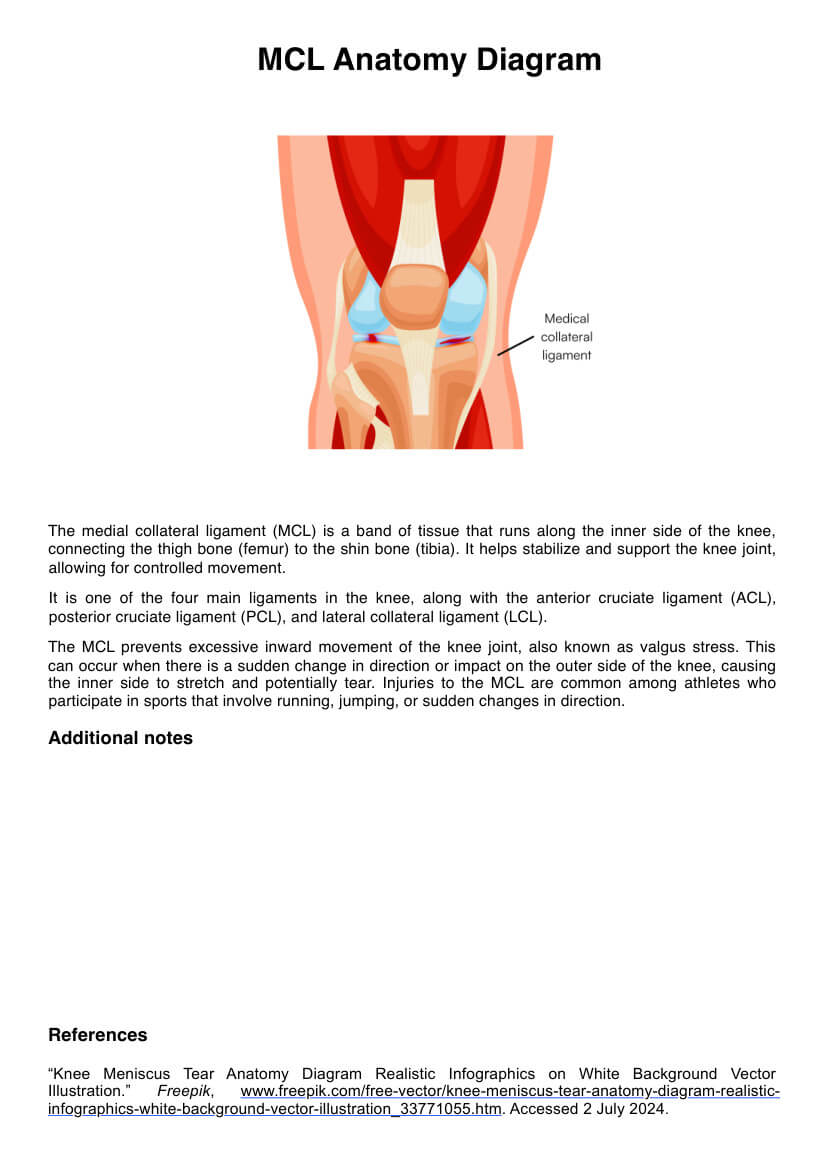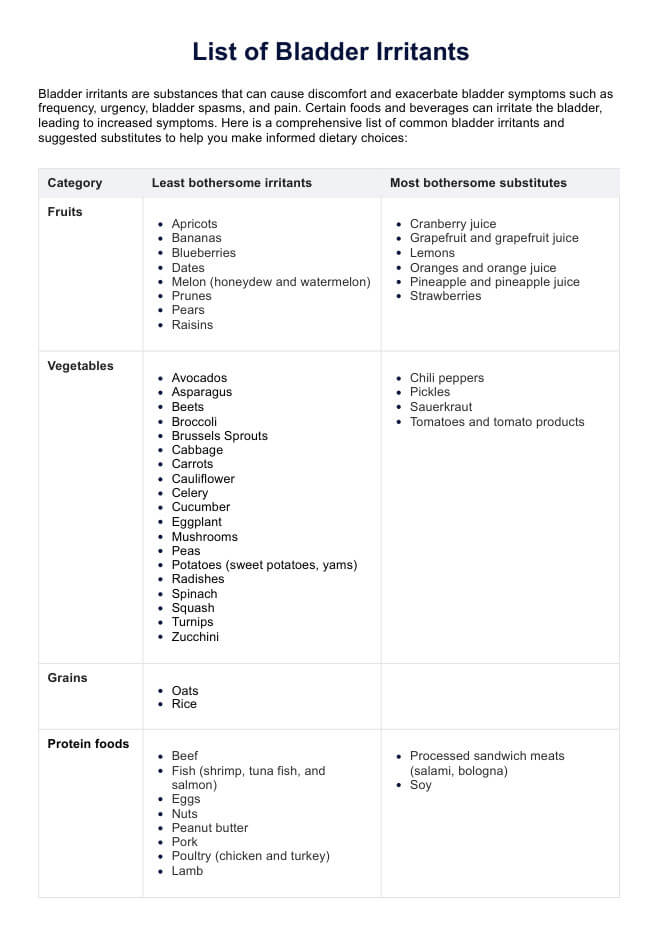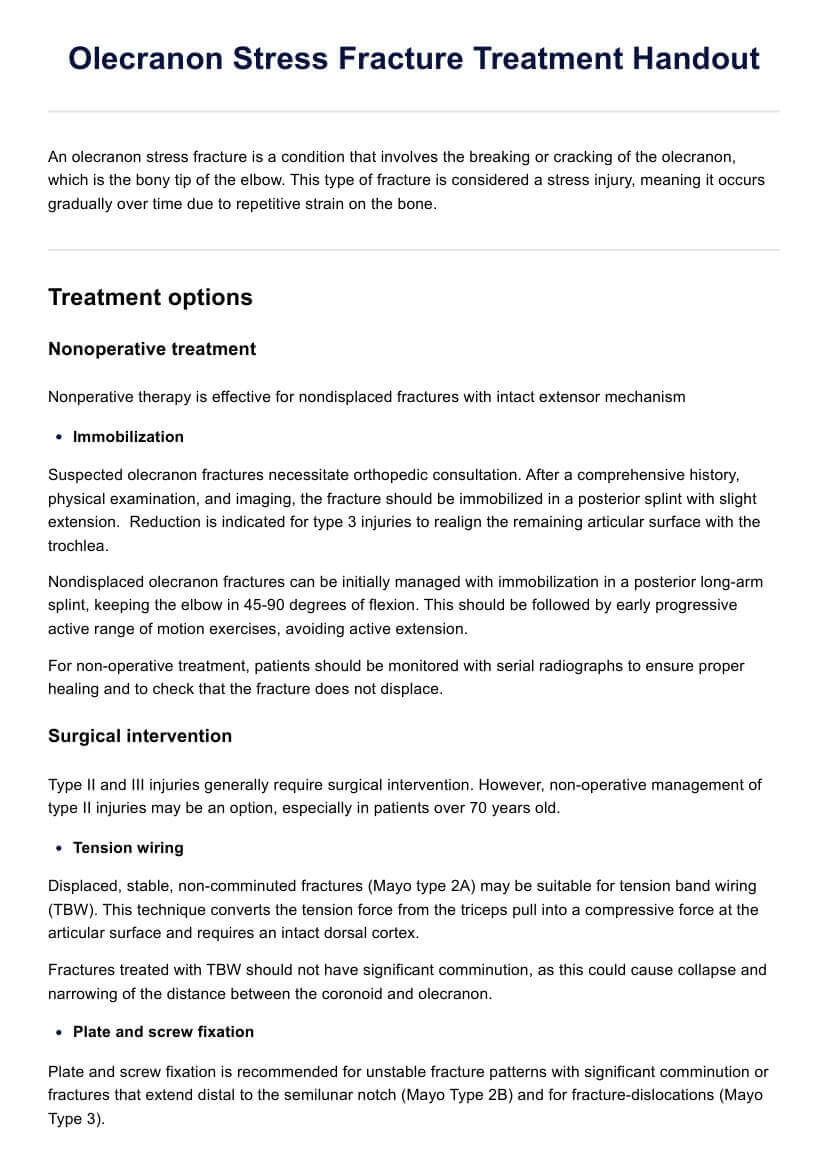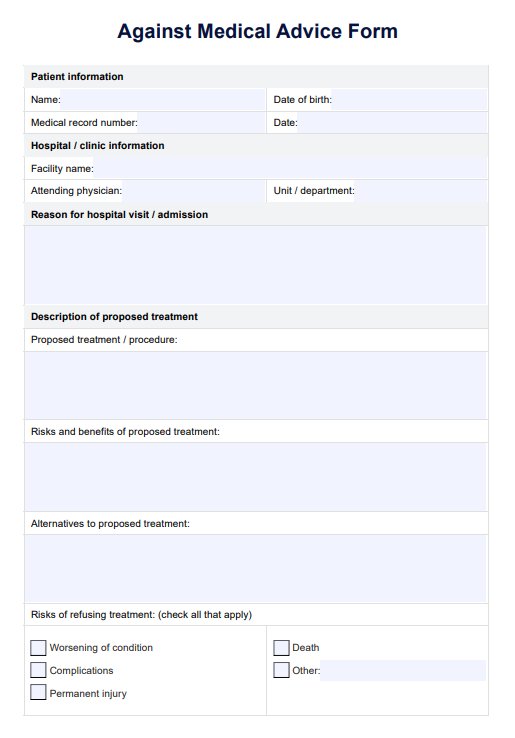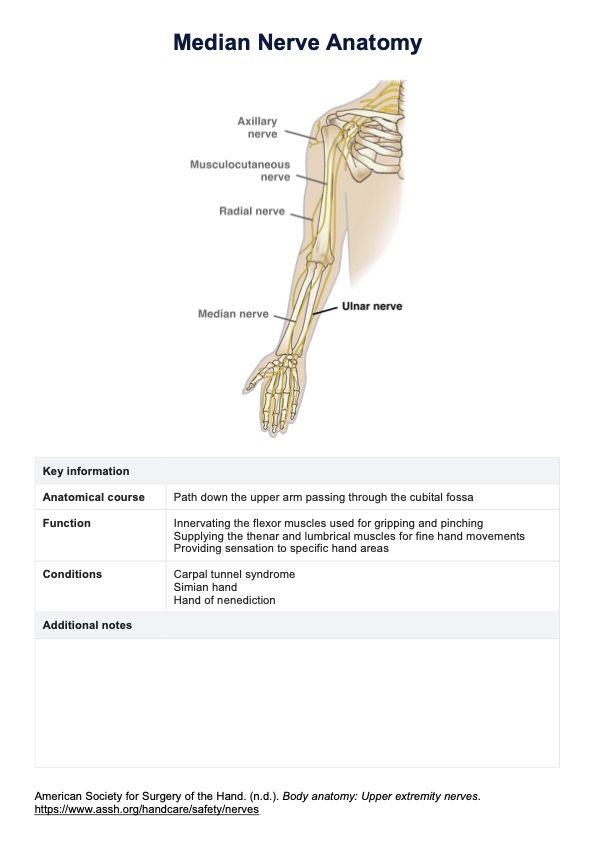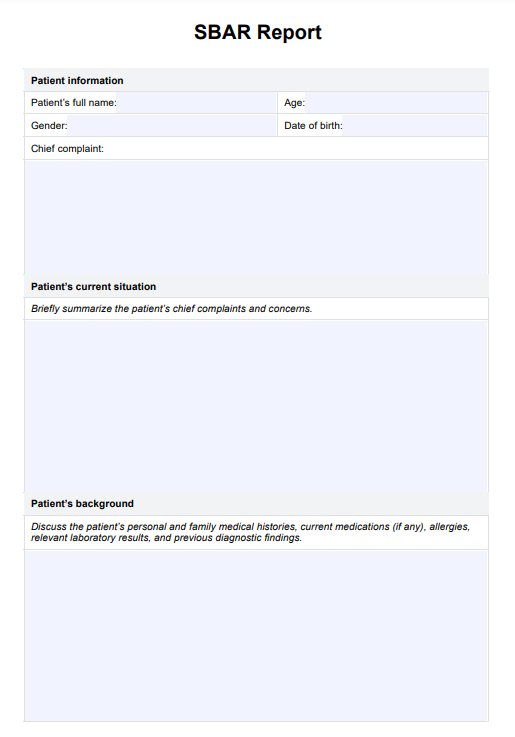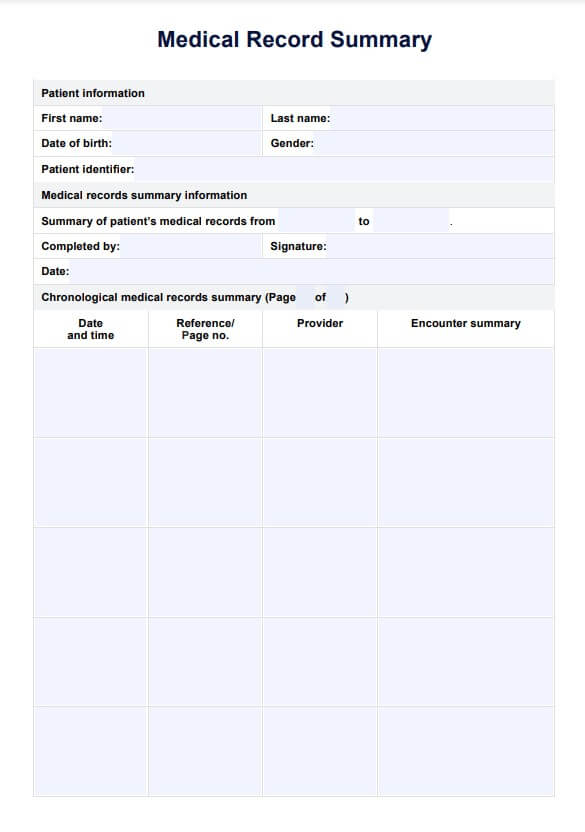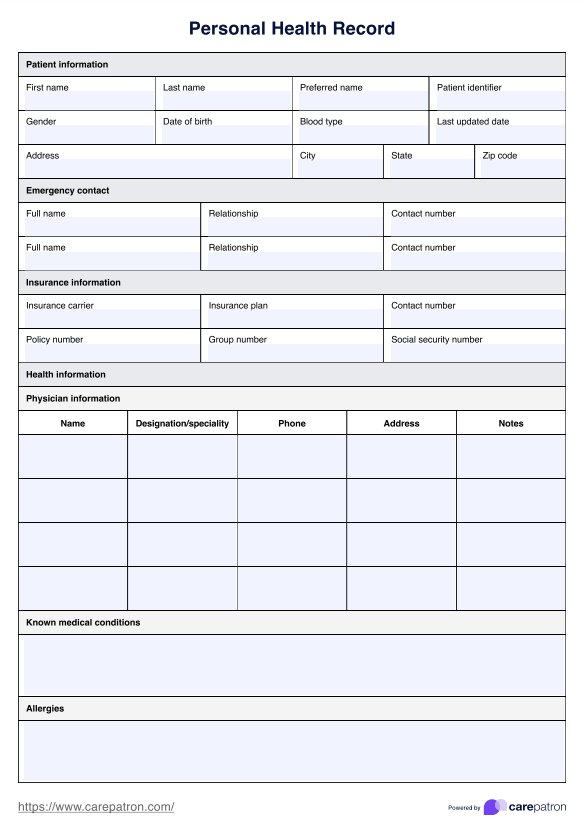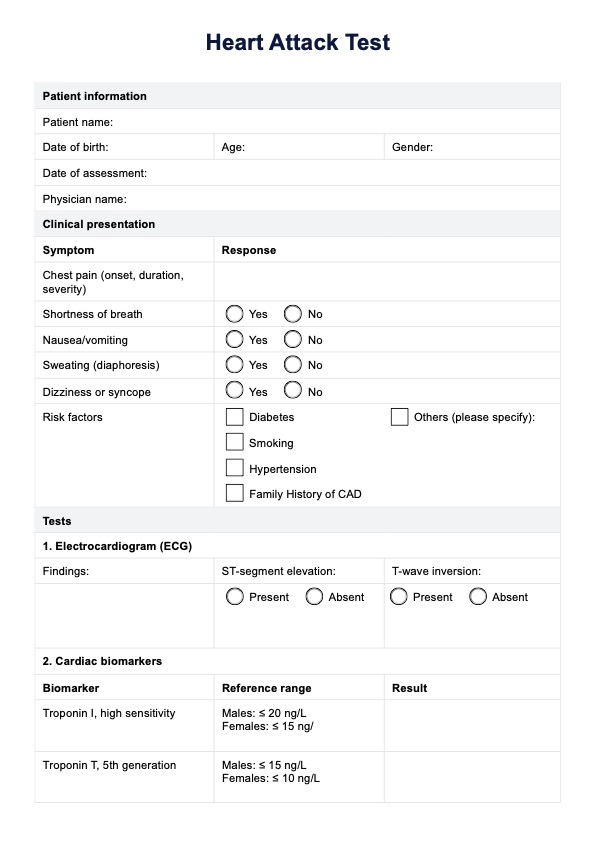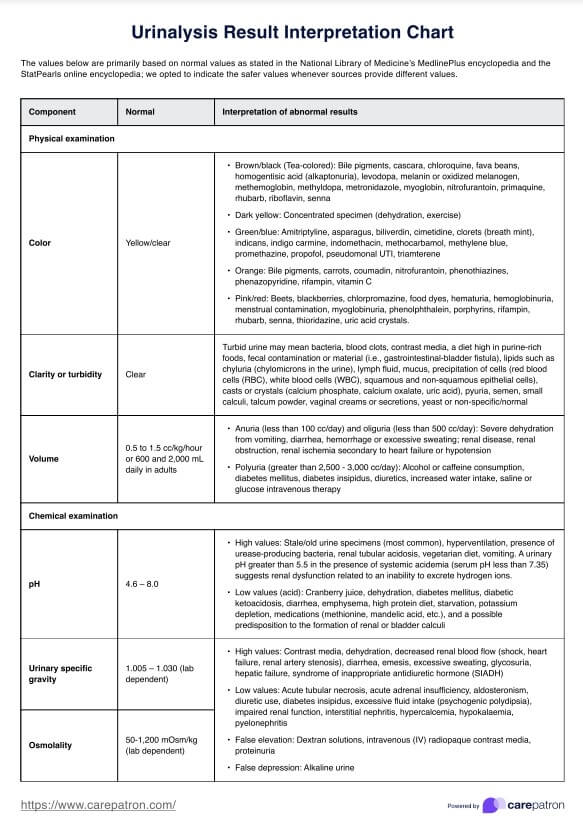Confidentiality Statements
Explore the history and impacts of Confidentiality Statements. Understand their use and types with Carepatron’s guidance.


What is a Confidentiality Statement?
A , also widely known as a Confidentiality Agreement or Non-Disclosure Agreement (NDA), is a legal accord that binds two or more entities together, setting clear terms for sharing specific classified material, information, or knowledge. The central purpose of this agreement is to enable the exchange of sensitive information for certain agreed-upon ends while preventing this information from being disseminated more broadly or used outside the stipulated parameters.
Such statements are pivotal in safeguarding proprietary information or trade secrets, fostering trust within confidential relationships. They meticulously outline what constitutes confidential information, the obligations of the party receiving it, and the duration for which the confidentiality should be maintained.
These agreements are widely employed across various settings, such as between employers and employees, organizations and contractors, or among parties deliberating potential business partnerships. Establishing a clear confidentiality framework ensures that sensitive information is shared responsibly and that privacy is maintained.
Confidentiality Statements Template
Confidentiality Statements Example
How does it work?
A confidentiality statement springs into action as soon as all parties have duly signed it. This agreement imparts specific obligations and constraints that center around carefully handling confidential information. Here is a detailed, step-by-step breakdown of its workings:
Step 1: Identification of the Parties
The primary step is to identify the parties involved distinctly. This includes disclosing and receiving confidential information. It is vital to denote these parties to avoid any ambiguity or confusion accurately.
Step 2: Defining Confidential Information
In business interactions, not every shared information can be categorized as confidential. As such, the agreement must explain which specific details, data, or knowledge should be treated as confidential.
Step 3: Understanding the Scope of Confidentiality
The agreement should also elaborate on the allowed usage of confidential information, defining the scope of confidentiality. This section offers instructions on how the receiving party should use the information.
Step 4: Stating the Duration
The confidentiality statement must indicate the timeframe during which the information needs to be kept confidential. This duration varies based on the nature of the information and the agreement between the parties.
Step 5: Signatures and Dates
All parties involved should sign and date the document to ensure the agreement is legally binding. This affirms their consent to the terms and conditions specified within the agreement.
To help you understand better, we have a Printable Confidentiality Statements for you to test.
When would you use this Template?
Confidentiality statements play a significant role in various scenarios where confidential or sensitive information needs to be shared. They act as a protective shield when you're disseminating information that isn't widely known and where unauthorized or inadvertent disclosure could adversely impact your interests. Some common circumstances that warrant the use of a confidentiality statement include:
Engaging in Business Negotiations
A confidentiality statement becomes crucial when initiating discussions about potential business relationships or partnerships. It ensures that the sensitive information shared during these explorations, including trade secrets or business strategies, is not misused or disclosed without authorization.
Safeguarding Intellectual Property Rights
Protecting your intellectual property rights is essential if your venture involves unique products or services. A confidentiality statement assures that your proprietary information will not be copied or shared without your consent.
Onboarding Employees
When hiring employees with access to sensitive business information, a confidentiality statement ensures that they understand the significance of this information and the need to maintain its confidentiality, even after their employment ends.
Collaborating with External Entities
If your work involves collaboration with external agencies, consultants, or contractors, using a confidentiality statement ensures that they know their obligations regarding the sensitive information they may encounter during their service.
Involving Volunteers in Non-Profit Organizations
Non-profit organizations often engage volunteers who may have access to sensitive information, such as donor details or internal operational data. A confidentiality statement tailored for non-profit volunteers establishes the parameters for handling such information and helps protect the organization's interests.
A confidentiality statement is a versatile document that serves an essential function in many contexts. It is a robust legal tool to protect sensitive information from unauthorized or inappropriate disclosure.
Benefits
Protects Sensitive Information
A confidentiality statement helps protect your proprietary information from unauthorized disclosure.
Creates Legal Recourse
The agreement provides a legal pathway for seeking damages if confidentiality is breached.
Promotes Open Communication
The assurance of confidentiality promotes a more open and honest dialogue between parties.
Defines Boundaries
It clearly outlines what information is private and how it should be handled.
Sets Time Frames
The statement defines the period during which the information must be kept confidential.
You can download a Free Confidentiality statement here on Carepatron.
Research and Evidence
Non-disclosure agreements (NDAs), or confidentiality statements or agreements, are legal documents designed to prevent sharing of sensitive or proprietary information. The origins of these agreements date back to as early as the 1940s in maritime law, and by the 1980s, they had become a staple in the tech industry to protect trade secrets. While originally designed to safeguard business interests, their use has since expanded to cover a wider range of scenarios, including instances of misconduct or discrimination.
The history of NDAs reveals that their primary intention was to ensure that employees moving from one company to another did not share trade secrets with their new employer. However, with time, NDAs have been integrated into various contracts and used to normalize settling disputes involving sexual misconduct and other forms of discrimination.
There are several types of NDAs, each with different implications:
- Confidentiality clauses in settlement agreements: These are often used by employers in settlement agreements, and signing them can feel like the complainant's silence is being "purchased".
- Pre-emptive NDAs: These are employed even before any misconduct occurs, ensuring that any potential issues arising from an event or meeting are kept confidential.
- Arbitration clauses: Employment contracts sometimes include mandatory arbitration clauses stipulating that any disputes must be confidentially arbitrated.
- Non-disparagement clauses prevent an employee from saying anything negative about the employer that could potentially harm their reputation.
Over time, confidentiality statements have become universally recognized as vital for safeguarding sensitive information, nurturing trust, and establishing clear boundaries for information sharing. Numerous legal precedents, academic studies, and industry standards validate the significance of maintaining confidentiality in professional and business contexts.
Commonly asked questions
Anyone who wants to protect sensitive information uses the confidentiality statement. This can include businesses, non-profits, consultants, volunteers, and more.
A confidentiality statement is used when you need to share sensitive information with another party and want to prevent unauthorized disclosure of that information.
The confidentiality statement defines what information is confidential, outlines the parties' obligations, and provides legal recourse in case of a breach.

.jpg)
